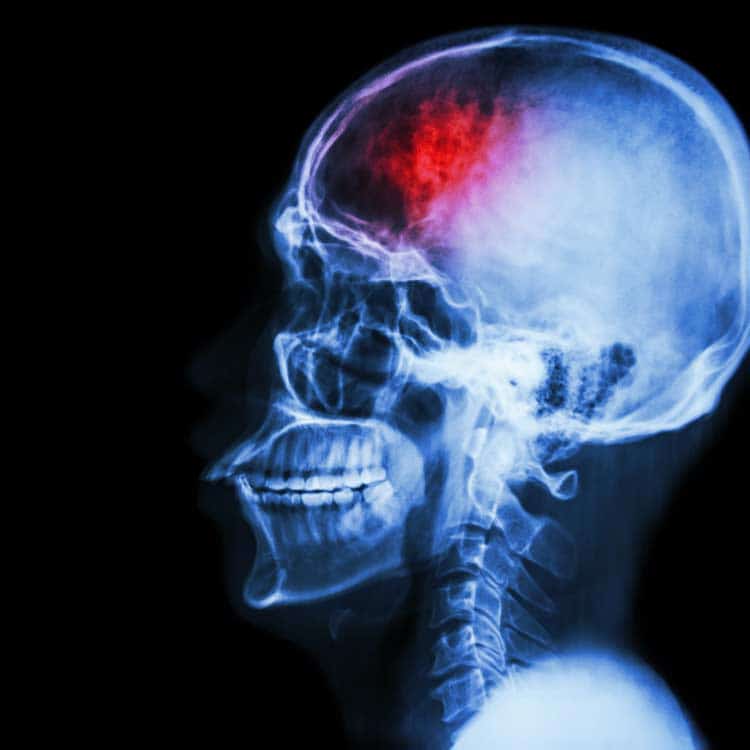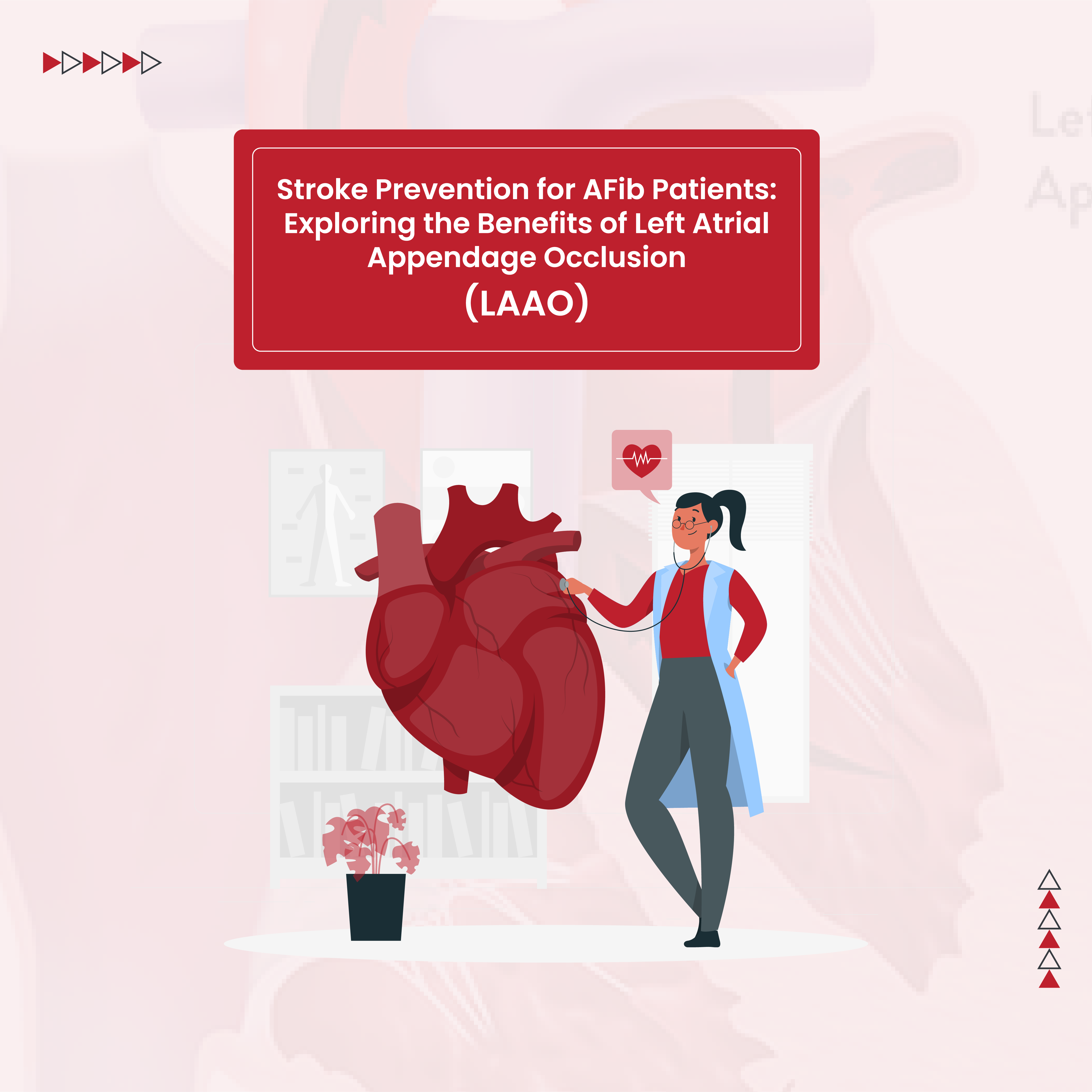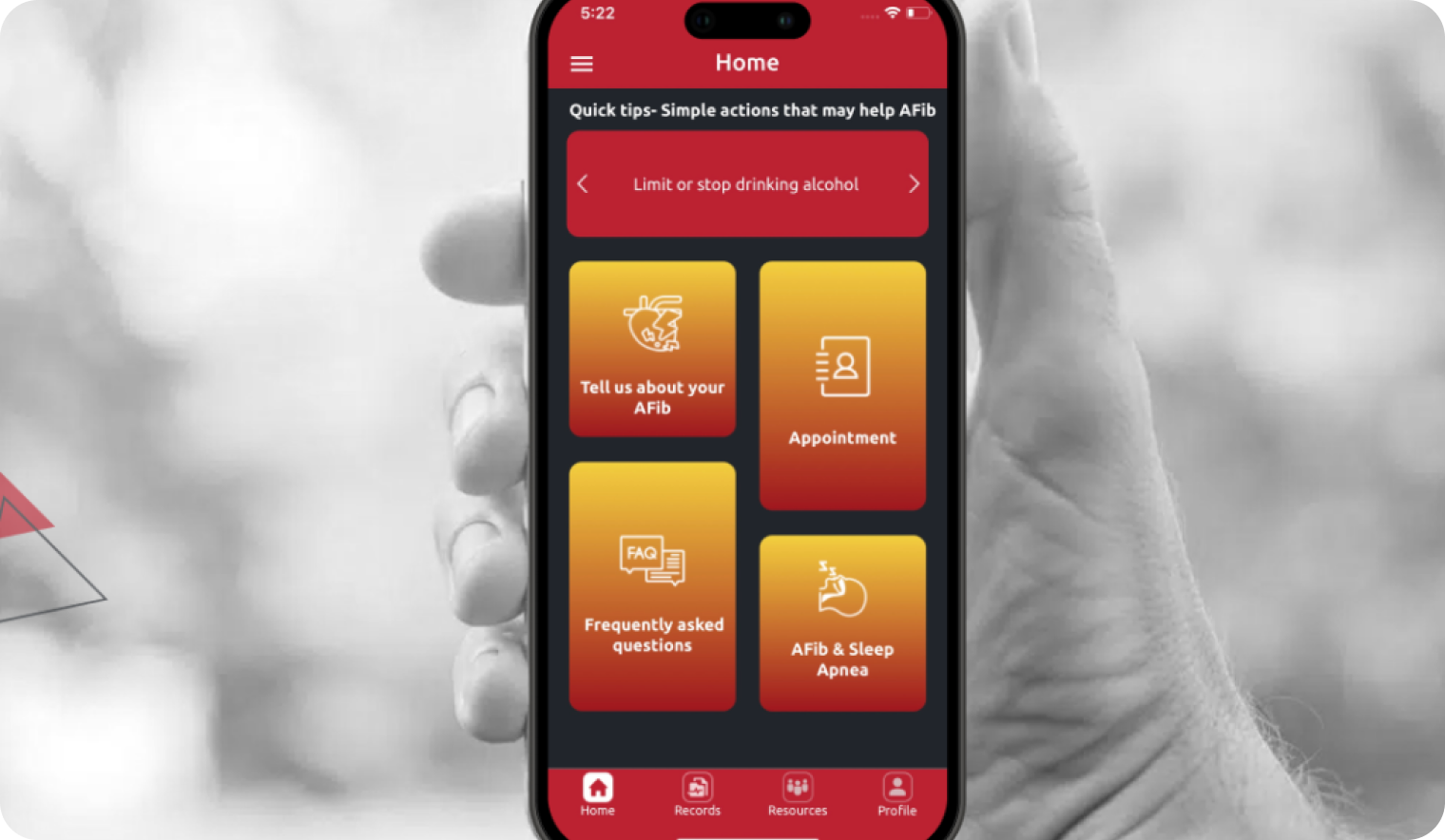What is a stroke?
A stroke happens when blood flow to an area of the brain is blocked or significantly reduced. Blood supplies oxygen and nutrients to brain cells and when blood flow is interrupted brain cells begin to die. This process can happen in a matter of minutes. If you think someone is having a stroke prompt action is needed to help minimize brain damage.
Stroke is the fourth leading cause of death in the United States. Approximately 795,000 people in the United States have a stroke each year and there are approximately 160,000 stroke-related deaths. Fortunately, there are effective treatments for stroke and early recognition and intervention can help prevent long-term disability.
What are the signs of a stroke?
The sudden onset of new neurologic symptoms is concerning for a stroke. If you think you or someone you are with is having a stroke, be sure to note the time the symptoms started. Stroke treatment options may depend on how long symptoms have been present.
Stroke symptoms may include:
- Sudden numbness or weakness on one side of the body. One side of the face may droop so that if you try to smile it will appear crooked. Try raising your arms to shoulder height. If one arm drops down or lags behind the other, you may be having a stroke.
- Difficulty speaking or confusion. You may notice slurred speech or difficulty understanding what others are saying to you.
- Difficulty with balance or walking. You may experience sudden dizziness, loss of balance or coordination.
- Headache. You may develop a sudden, severe headache which can be associated with nausea, vomiting, or altered levels of consciousness.
- Vision Changes. Sudden blurred vision, double vision or sudden trouble seeing in one or both eyes may indicate a stroke.
Think F.A.S.T.
The National Stroke Association recommends that people “think F.A.S.T.” to help identify a person who may be having a stroke.
F-Face Drooping. Is there a facial droop or does one side of the face feel numb? Ask the person to smile. Is the smile uneven?
A-Arm Weakness. Is one arm weak or numb? Ask the person to raise both arms. Can both arms be raised to the same level? Does one arm drift down?
S-Speech Difficulty. Is the speech slurred? Does the person seem confused or unable to understand what you are saying?
T-Time to act. If you see any signs of a stroke. Call 911 immediately.
If you suspect that you or someone you are with is having a stroke, it is a medical emergency. Call 911 immediately. Do not wait to see if the symptoms go away on their own. Getting to the hospital as quickly as possible is important because time equals brain cells.
If a person is having a stroke, the longer that the brain tissue is without oxygen the more damage can be done. Do not drive the person to the hospital or allow the person to drive themselves. An ambulance crew can begin providing sometimes life-saving treatments on the way to the hospital.
What causes a stroke?
There are two main types of stroke: ischemic and hemorrhagic. An ischemic stroke is caused by a blocked artery and a hemorrhagic stroke occurs when a blood vessel bursts or becomes leaky. A transient ischemic attack (TIA) is caused by a temporary disruption in blood flow to the brain and does not cause lasting symptoms.
Ischemic stroke
Ischemic strokes are the most common kind of stroke and account for approximately 80% of all strokes. An ischemic stroke occurs when a part of the brain does not get adequate blood supply because an artery is blocked.
The artery can be blocked by blood clots or other debris that can be carried to the brain via the bloodstream. Another cause of blocked arteries is fatty build-up in the arteries. Just like someone can develop fatty build-up in the arteries that feed the heart muscle and have a heart attack, a person can develop fatty build-up in the arteries that feed the brain and have a ‘brain attack’ (i.e. a stroke).
The most common risk factors for ischemic stroke are:
- High blood pressure
- Diabetes
- High cholesterol
- Smoking
- Atrial fibrillation
- Older age
- Male gender
Hemorrhagic stroke
Hemorrhagic strokes are less common. This type of stroke happens when a blood vessel in the brain ruptures or leaks and there is bleeding into the brain or the area surrounding the brain. A brain hemorrhage can happen for a number of reasons including:
- Untreated or uncontrolled high blood pressure
- Physical trauma, like a car accident
- Blood thinning medications (anticoagulants)
- Weak spots in the blood vessel walls (aneurysms)
- A condition that causes protein deposits in blood vessel walls that can lead to weakness of the vessel wall (cerebral amyloid angiopathy)
- An ischemic stroke which damages the blood vessels and causes a hemorrhagic stroke.
- A network of abnormally formed, thin-walled blood vessels in the brain (arteriovenous malformation)
A TIA can have the same symptoms as a stroke but the symptoms only last for a few minutes and go away on their own without medical treatment. Even though the symptoms go away it is still important to seek emergency care because it is not possible to tell the difference between a TIA and a stroke based on symptoms. Also, sometimes a TIA is like a warning bell before you have an actual stroke.
Am I at risk for stroke?
There are a number of factors that increase your risk of stroke. Some stroke risk factors can be influenced by healthy habits and preventing or treating underlying health conditions including:
- Obesity or being overweight
- Excessive alcohol intake
- Physical inactivity or sedentary lifestyle
- High blood pressure (the most important risk factor)
- Smoking cigarettes or secondhand smoke exposure
- Diabetes
- High cholesterol
- Heart problems like heart failure, heart infection or certain heart defects
- Atrial fibrillation or atrial flutter (2 common abnormal heart rhythms)
- COVID-19 infection
- Certain illegal drugs such as cocaine and methamphetamine
- Birth control or hormone therapies which include estrogen, especially if a person taking these hormones also smokes.
There are other warning sign that are associated with a higher risk for stroke which is not modifiable. Even though you cannot do anything about these risk factors understanding things that you cannot control is important. Non-modifiable stroke risk factors include:
- Age. 70% of strokes occur in people over the age of 65. The risk of stroke doubles every decade starting at age 45.
- Gender. Men are more likely to have a stroke in women. However, women are more likely to die from a stroke than men.
- Race. African-Americans are at higher risk of having a stroke than people of other races.
- Family history. Having family members who have had a stroke, TIA or heart attack, especially if they had any of these at a young age, increases your risk of having a stroke.
How can I help prevent a stroke?
Healthy lifestyle changes, knowing your personal stroke risk factors, and making sure underlying health conditions are adequately treated can all lower your risk of stroke.
Eat a healthy diet
A diet rich in vegetables, fruits, whole grains, nuts, legumes, skinless fish, and poultry has the vitamins, minerals, protein, fiber and other nutrients the body needs to stay healthy. Try to eat at least 5 servings of fruits and vegetables every day. Limit or eliminate saturated fat, trans fat, red meat, sweet treats and sugar-sweetened drinks.
Maintain a healthy weight
If you eat more calories than you burn each day, you will gain weight. Obesity increases the risk of stroke. Being overweight or obese contributes to diabetes, high blood pressure, sleep apnea, and high cholesterol. Each of these health conditions increases stroke risk.
Quit Smoking
Smoking increases the risk of stroke. For example, a person who smokes a pack of cigarettes a day is 6 times more likely to have a stroke compared to a person who does not smoke. People who are exposed to secondhand smoke also have an increased risk of stroke. Talk to your healthcare provider if you smoke and are interested in quitting. Smoking cessation aids like nicotine replacement products (i.e. gum, patch, spray) and certain medications are helpful for many people.
Control your blood pressure
High blood pressure increases the risk of stroke and is called the silent killer because most people do not have any symptoms associated with high blood pressure until it is dangerously high. There are a number of effective medications to help control high blood pressure. Healthy lifestyle habits like eating a healthy diet, limiting salt intake, regular exercise, not smoking and maintaining healthy body weight all help lower blood pressure.
Limit alcohol intake
Limit alcohol intake to 1 drink per day for women and 2 drinks per day for men. Excessive alcohol consumption increases the risk of stroke, diabetes, high blood pressure and may interact with medications you are taking.
Treat high cholesterol
Elevated levels of blood cholesterol cause fatty deposits to build up in the blood vessels and increases the risk of stroke. Dietary fat, especially saturated fat and trans fats, contributes to high levels of blood cholesterol. Examples of food that is high in saturated fat includes egg yolks, bacon, full-fat dairy products, and red meat.
Trans fats are even worse for your health than saturated fat. They are found in many processed foods like store-bought cakes, piecrust, cookies, crackers, doughnuts, and frozen pizzas. Some people can control their cholesterol by eating a healthy diet that is low in saturated and trans fats.
Trans fats are the worst kind of dietary fat for If dietary changes along not enough to lower your blood cholesterol to acceptable levels, your health care provider may recommend a cholesterol-lowering medication.
Exercise regularly
Frequent, moderate-intensity exercise is an important part of a healthy lifestyle. Physical inactivity contributes to high blood pressure and makes maintaining a healthy weight more difficult.
Treat sleep apnea
Untreated sleep apnea increases the risk of stroke. Talk to your doctor and get tested if you think you might have sleep apnea.
Manage diabetes
You may be able to control your blood sugar through diet, exercise, and weight loss. If these lifestyle changes are not enough, your doctor may recommend medication to control diabetes.








